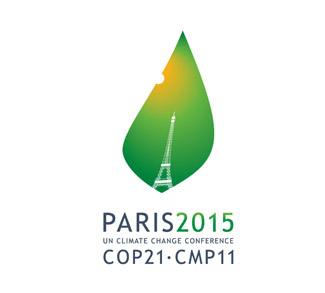Summary
The first two weeks of December will see government delegations from around the world descend on Paris to hammer out a new international agreement on climate change. The meeting is technically a “Conference of Parties” (COP) of the parties of the UN Framework Convention on Climate Change, which was drafted in May 1992. Paris 2015 will be the 21st meeting, or COP 21.
There have been many notable COPs in the past, which are generally known for the city in which they took place rather than their sequence in the UN negotiating process. COP 3 took place in Kyoto in 1997, and produced the now-expired Kyoto Protocol. COP 16 was tasked with replacing and expanding on the Kyoto Protocol, only to be bogged down and eventually thwarted by the divergent economic, historical, and political agendas of negotiators in Copenhagen, 2009.
COPs 17 through 20 passed as historical footnotes; the international climate movement seemed sapped by the failure at Copenhagen and the economic imperative of post-2009 recession politics. But COP 21 is a different story. As world leaders gather in Paris, there’s a level of media hype not seen since Copenhagen. The media hyperbolists are trumpeting an air of change, and that the popular tide has finally turned in favor of climate action.
But is the hype warranted, or are we headed for another Copenhagian disappointment?
Background
A New Kind of Approach
It’s true that there are several positive signs pointing to success. One of these signs has a rather unlikely source – the Copenhagen Accord; that last-minute, non-legally binding “fluff” proposal pieced together by the United States and India, Brazil, China, and South Africa so as to not have COP 16 go down in history as a complete and utter failure. The Copenhagen Accord moves away from the top-heavy approach of the Kyoto Accord – and all the negotiating pitfalls that come with it – and towards a more state-centric decarbonisation strategy, one where individual states pledge and police their own targets. The thrust of the UN’s role is to encourage the honoring and future expansion of these targets, as well as the development aid and technology transfer required to ease the economic pain of vulnerable developing countries.
The targets are referred to as ‘Intended Nationally Determined Contributions,’ or INDCs in UN-speak. Under the Copenhagen Accord reached in 2009, Index I countries (developed) are responsible for setting their own emission reduction targets for 2020; non-Index I countries (developing) can submit voluntary mitigation actions, which are strategies that they’re implementing to lessen their carbon footprint. Of course, none of these pledges are legally binding, which forms the basis of most criticism towards the INDC approach.




